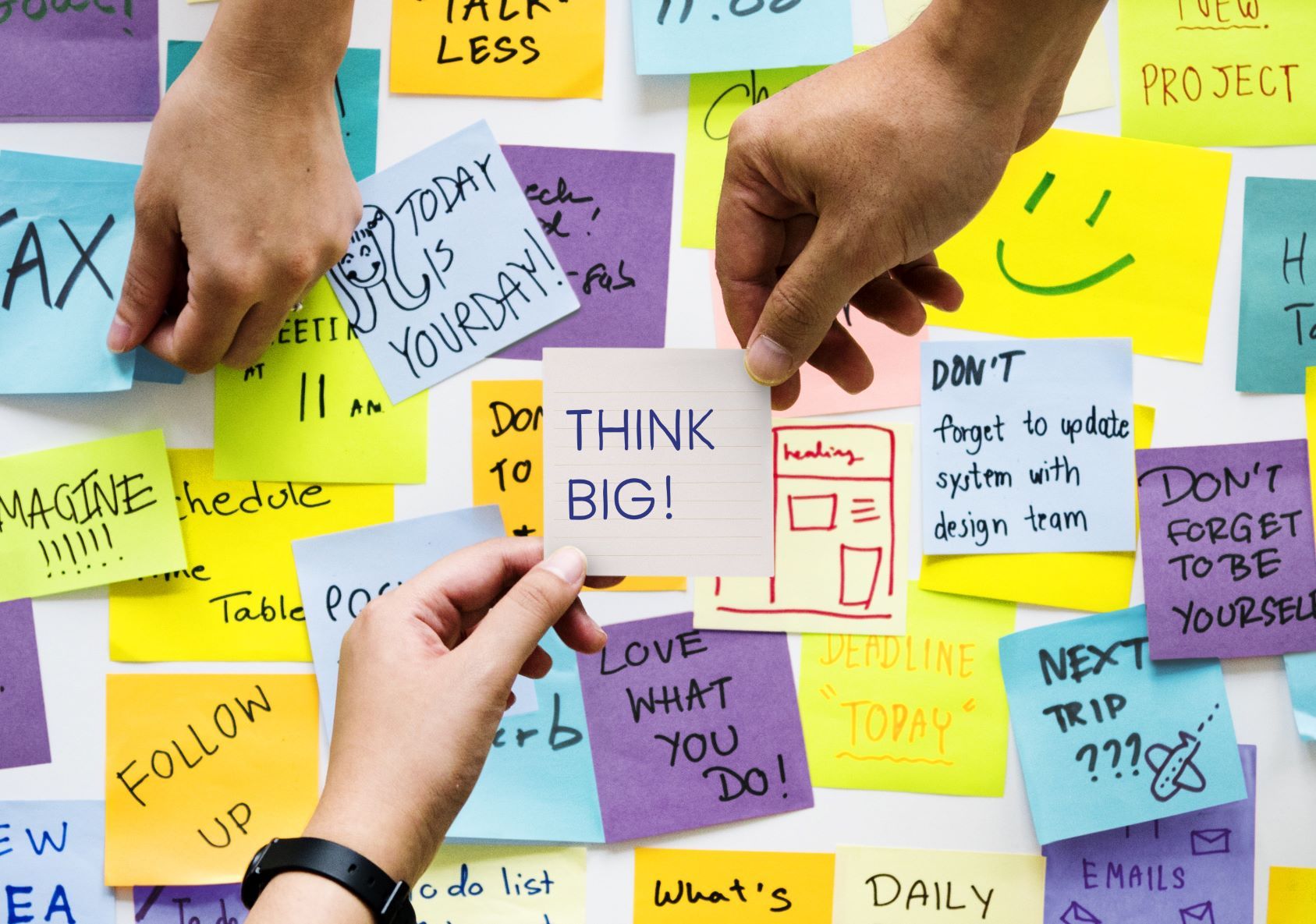-
Module 1: Digital Education: The Myths and Facts
7-
Video Overview of Module 1Module1.1
-
Learning ObjectivesModule1.2
-
Map Your Digital Day ActivityModule1.3
-
How digital tools support the typical characteristics of adult learnersModule1.4
-
ACTIVITY- Download Discover’s “Typical characteristics of Adult learners” and see which traits apply most to YOUR students!Module1.5
-
ACTIVITY- Download Quiz and use Kahoot to turn it into an interactive quiz for your participants!Module1.6
-
Lesson Activity Part 1- Group Research Exercise Using Diigo!Module1.7
-
-
Module 2: Digital Inclusion: How the Design and Use of Digital Technology Can Promote Equality in Education
7-
Video overview of Module 2Module2.1
-
Learning ObjectivesModule2.2
-
What is digital inclusion, why is it important?Module2.3
-
How can we promote digital inclusion?Module2.4
-
ACTIVITY: Download Digital Inclusion Case Study GuideModule2.5
-
TRUST- Overcoming the phycological barriers of the digital worldModule2.6
-
MOTIVATION-Supporting Adult learners driven by a specific purpose!Module2.7
-
-
Module 3: Innovative teaching...resources and practices that enhance learning and teaching!
9-
Video Overview of Module 3Module3.1
-
Module 3’s downloadable learning objectivesModule3.2
-
Why do we need Innovative teaching methods?Module3.3
-
The role of the educatorModule3.4
-
The flipped classroom teaching method!Module3.5
-
Problem based learning as an innovative teaching method!Module3.6
-
Jigsaw technique as an innovative teaching method!Module3.7
-
Inquiry based learning as an innovative teaching method!Module3.8
-
ACTIVITY: Download DISCOVER’s learner feedback worksheet!Module3.9
-
-
Module 4: Mobile Learning
8-
Video Summary of Module 4Module4.1
-
Module 4’s Downloadable learning objectivesModule4.2
-
Introduction to Mobile learningModule4.3
-
ACTIVITY: Quick QUIZ 8 questionsQuiz4.1
-
What are the challenges of Mobile learning?Module4.4
-
The use of Podcasts within Mobile LearningModule4.5
-
Digital Tools and Apps that support mobile learning!Module4.6
-
Activity: Tiktok your next topic!Module4.7
-
-
Module 5: Games and learning
7-
Video summary of Module 5Module5.1
-
Module 5’s Downloadable learning objectivesModule5.2
-
Introduction to Game based learningModule5.3
-
The Advantages and disadvantages of game-based learningModule5.4
-
Game based learning in practice- how to get started!Module5.5
-
Examples of Adult learning games!Module5.6
-
Lesson Activity Part 2 – Group Presentation Activity using PowtoonModule5.7
-
-
Module 6: Learning Spaces AND Collaborative virtual environments
6-
Video summary of Module 6Module6.1
-
Module 6 Downloadable learning objectivesModule6.2
-
What is collaborative learning?Module6.3
-
What are the benefits of collaborative learning?Module6.4
-
The different types of collaborative learners and the skills involvedModule6.5
-
Tools for virtual collaboration!Module6.6
-
MOTIVATION-Supporting Adult learners driven by a specific purpose!
Further education is a great place for adults who hope to escape the pitfalls of digital exclusion and gain improved skills to participate more fully in the digital world, therefore Adult educators across the breadth of Europe must be prepared and confident in their own digital skills.

Purpose to Motivation
 Adults return to education with a clear goal in mind, whether it be for a new career path, increase earning potential or upskilling in an area. Adult learners also typically lead busy lifestyles, often juggling a job, family commitments and home life responsibilities.
Adults return to education with a clear goal in mind, whether it be for a new career path, increase earning potential or upskilling in an area. Adult learners also typically lead busy lifestyles, often juggling a job, family commitments and home life responsibilities.
Educators are therefore tasked with making their educational programme as relevant to the learners as possible, this is to ensure the learners see the clear purpose in undertaking the training.
While it is important for learners to have motivation to learn, ultimately this will come in time as learners gain interest and confidence in something e.g. motivation is having a desire to clean the house, but a purpose occurs when your partner tells you you’re having visitors over on Saturday.
 It is important to keep in mind that many low-skilled learners have had negative experiences with learning in the past. Many may lack confidence in their ability to take charge of their own learning. Providing support, feedback, guidance, and relevant training along the way is key to their success.
It is important to keep in mind that many low-skilled learners have had negative experiences with learning in the past. Many may lack confidence in their ability to take charge of their own learning. Providing support, feedback, guidance, and relevant training along the way is key to their success.
Therefore, PURPOSE is the most important aspect that adult educators must focus on, by making digital skills learning relevant and practical for adult learners it will increase the motivation of adults to learn. Questions educators should keep in mind:
- Why are these learners here, how can this programme help benefit their career or personal life?
- How will these digital skills benefit their immediate environment?
- Does my programme include active learning, involvement, immediate relevance and problem centred approaches?

ACTIVITY: Download DISCOVER’s “Guide on how to design digital training for adult learners”
Introducing FLINGA- to help motivate and engage learners
FLINGA whiteboard offers versatile visualization tools for collaborative knowledge building. The entire classroom can simultaneously participate in a new, easy and a fun way. With FLINGA Wall it is possible to collect learners comments, questions and answers quickly and easily for all to see.
ACTIVITY- Watch this YouTube Video on the new collaboration tool that will help motivate and inspire your learners to engage with the training
ACTIVITY- Use FLINGA with other adult educators!
ACTIVITY EXAMPLE– encourage participants to share ideas and knowledge about engaging adult learners in their training using FLINGA, if others agree or have something to add they select their colour, shape and add their message. This activity also works well remotely while on a video call (e.g. when on Zoom)
Once familiar with FLINGA, adult educators can introduce the tool to their adult learners as an ice breaker tool or collaboration tool with other learners.
DISCOVER’s Top Tip
During the learning process it would useful to have participants use different colours to help with the identification of different learners. For example, the colour Yellow would be used only by the teacher. So, the learners can easily spot the crucial feedback given by their instructor.

